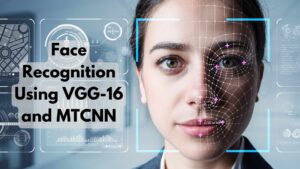Generative Pre-Trained Converters (GPU)
Generative Pre-Trained Converters (GPTs) are a class of language models that use deep learning to create interactive human text and conversations. Many NLP tasks such as machine translation, answering questions, writing text and writing images can be performed by the GPT model.
The goal is to train an unsupervised model on very large datasets and then use supervised training on small datasets to fine-tune the model for further work. The GPT model has numerous uses.
GPT makes balance with a set of parameters and you can optimize it to get the best results according to your specific data. The number of directories increases with each subsequent GPT model.
GPT-1
GPT-1, which was released in 2018, focused on leveraging their GPT-1 language model for natural language interpretation. This proof-of-concept model was not made available to the general public. 0.12 billion parameters were introduced in GPT-1.
GPT-2
1.5 billion parameters were in GPT-2.The machine learning community was given access to the model, which was used for several text creation tasks. GPT-2 might frequently produce a few phrases before faltering.
GPT-3
The first language model introduced was GPT-3, which boasts 175 billion parameters. It holds the record for being the largest neural network ever built. GPT-3 demonstrated astounding performance in a variety of NLP (natural language processing) tasks. This includes translation, question-answering, and cloze tests, even outperforming state-of-the-art models. It was trained using practically all of the data available on the Internet.
GPT-4
On March 14, 2023, over four months after the business debuted ChatGPT, OpenAI presented GPT-4. GPT-4 models outperform GPT-3.5 models in terms of the veracity of the responses. There are fewer instances of “hallucinations,” where the model errs in logic or actuality.
Due to NDA, the precise specs for GPT-4 are currently in flux. However it is expected that 100 trillion parameters will be used. This is the first large-scale model whose primary design features are sparsity. What does sparsity mean? This indicates that the compute cost is probably going to be reduced even at the 100 Trillion parameter space. As a result, the final model still contains a significant number of activated neurons.
The ability to input text and images into GPT-4 is a significant development. Users can enter any language or vision task by sprinkling text and images throughout the text. Despite the caution, according to OpenAI, GPT-4 scores 40% better than GPT-3.5 in an internal adversarial factuality test and hallucinates less frequently than earlier models. It is a model that can retain many more options for the “next word,” “next sentence,” or “next emotion” depending on the situation.
According to OpenAI, the difference between GPT-3.5 and GPT-4 will be “subtle” in everyday discourse. The new model, however, will have greater capacity in terms of dependability, originality, and even intelligence. Overall, GPT-4 is an effective tool in the advancement of the world.


